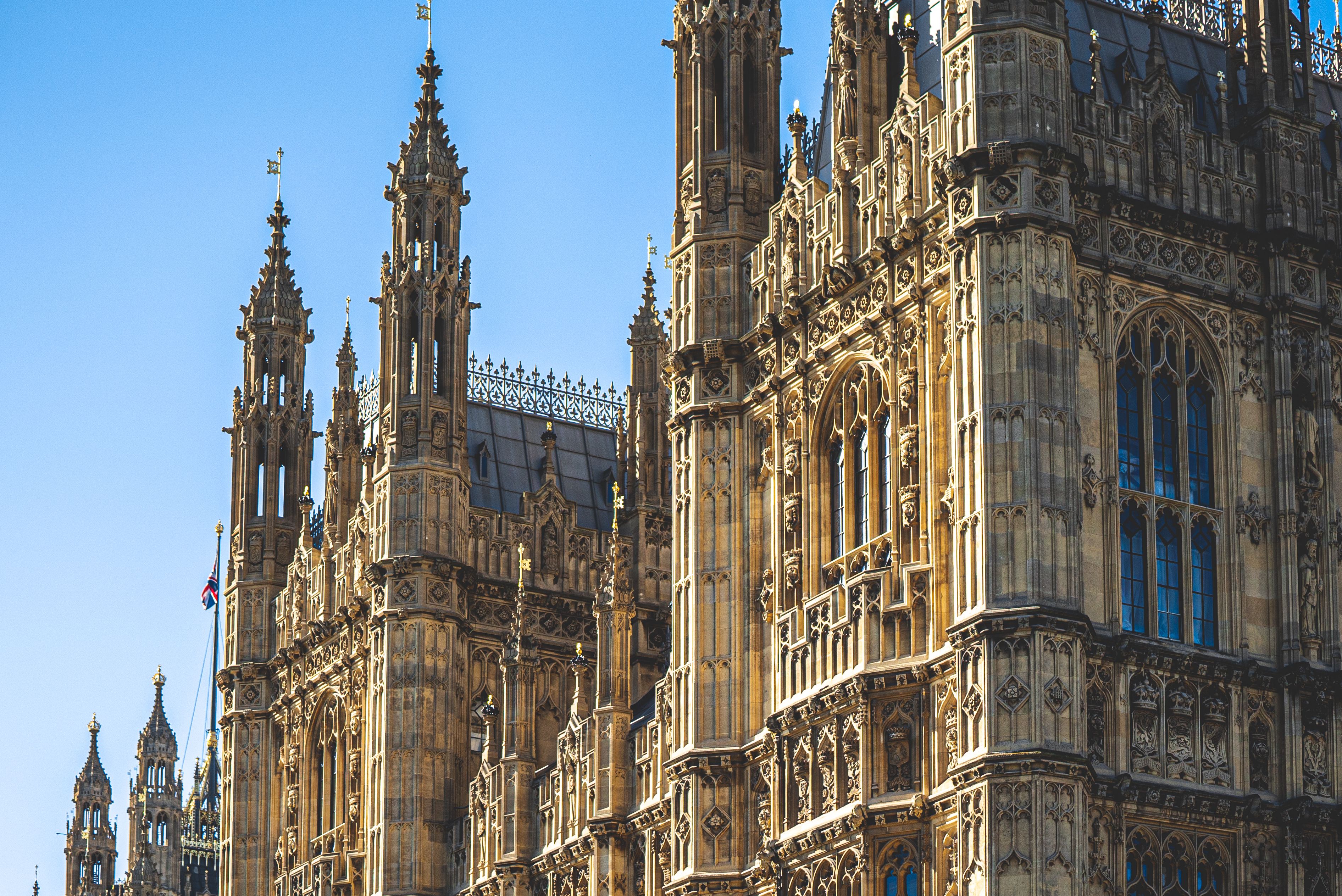Top tips for creating e-petitions
How you can make and promote a petition on petition.parliament.uk
1. Who's responsible?
We can only accept petitions about things that are within the Government or Parliament’s power to change.
For example, we can't accept petitions that call for actions that are the responsibility of local councils.
2. Does your petition already exist?
Before you create your petition, check if there's already one open with the same request.
If there is already a petition open about an issue you're passionate about, you can sign and share it.
3. Who agrees with you?
You need five people to sign your petition before it can be opened.
We'll provide a link that you can share.
4. Write simply and clearly
Use clear and concise language to state what you want the Government or Parliament to do.
Don't be too wordy or vague. Clearly outline the action you would like the Government or Parliament to take.
5. Follow the Petitions Committee's standards
All petitions must meet a set of rules that have been agreed by the Petitions Committee.
For example, petitions must not:
- Call for action at a local level.
- Contain confidential, libellous, false or unproven statements.
- Refer to a case where there are active legal proceedings.
- Be offensive, extreme, or a joke.
6. Share your petition
Share your petition to get as many signatures as possible.
Petition creators often use social media to raise the profile of their petitions.



